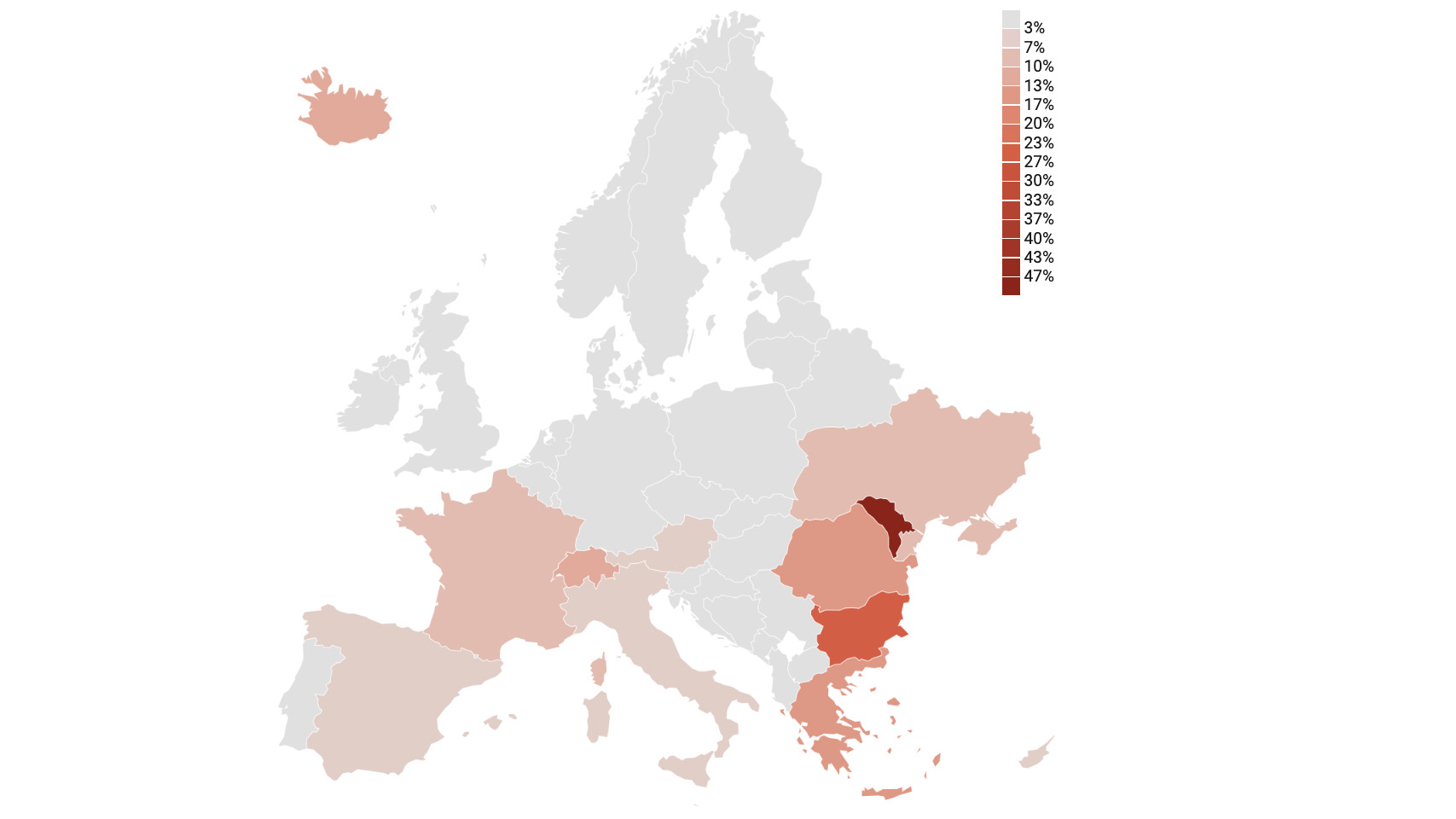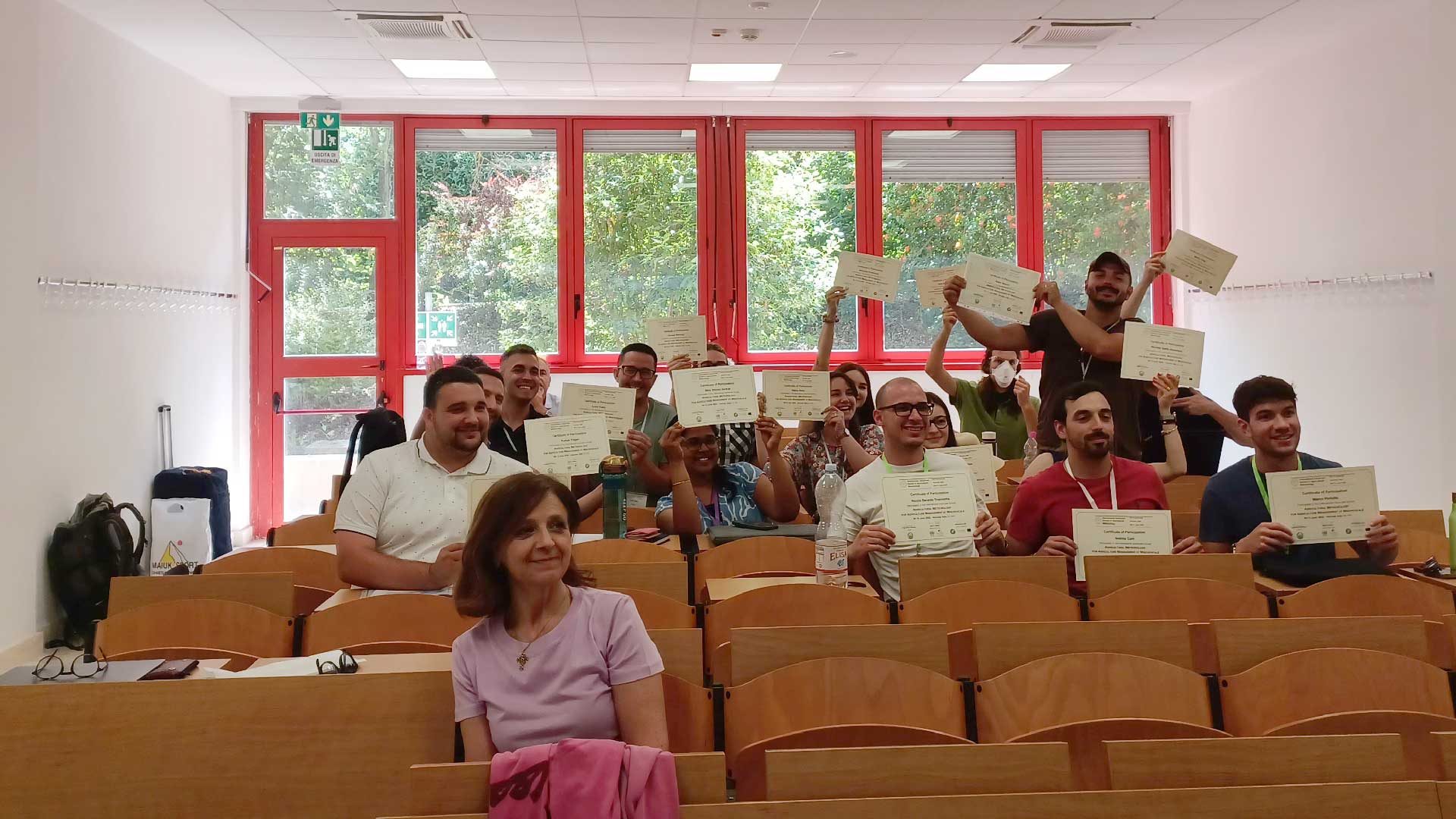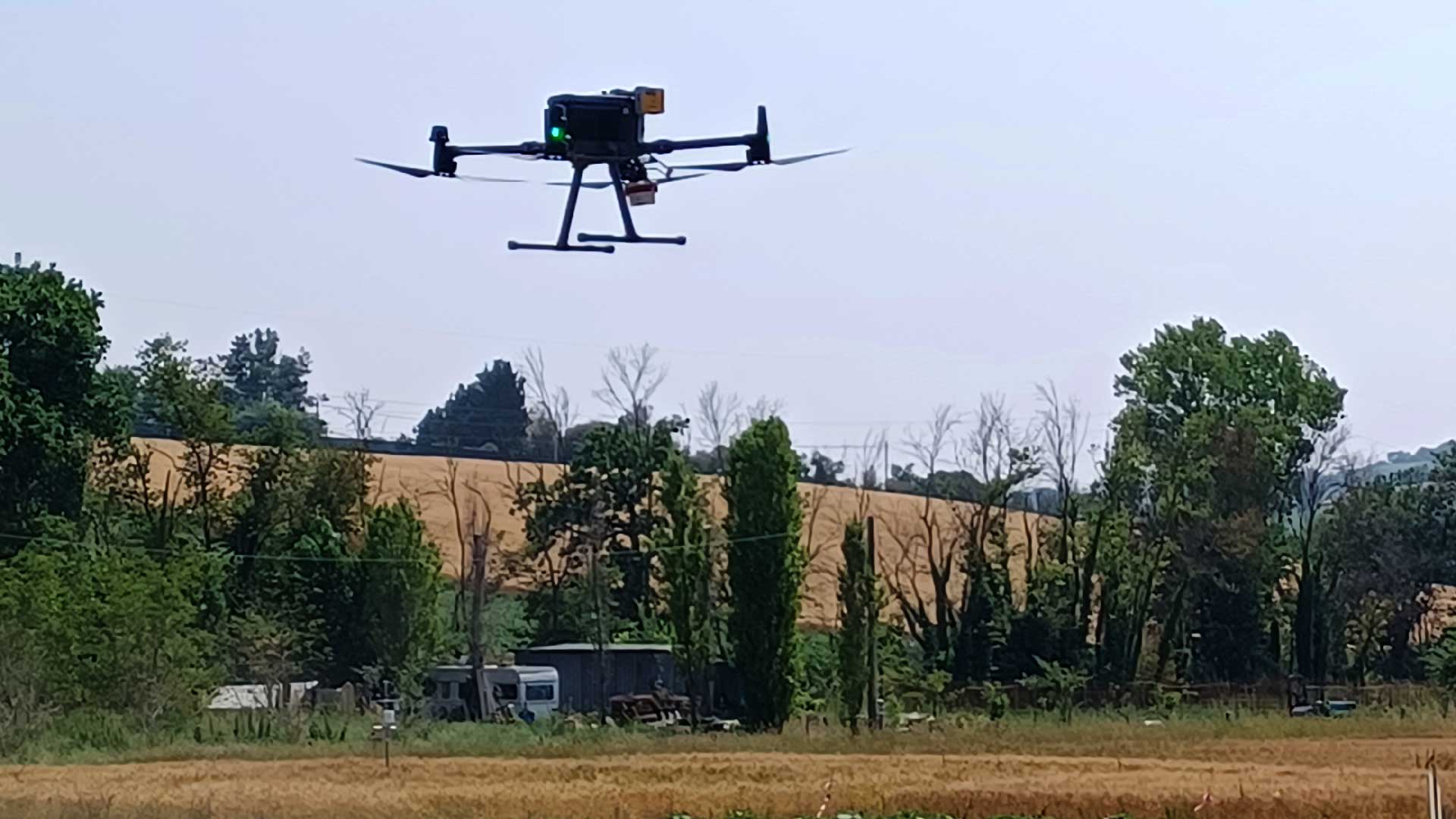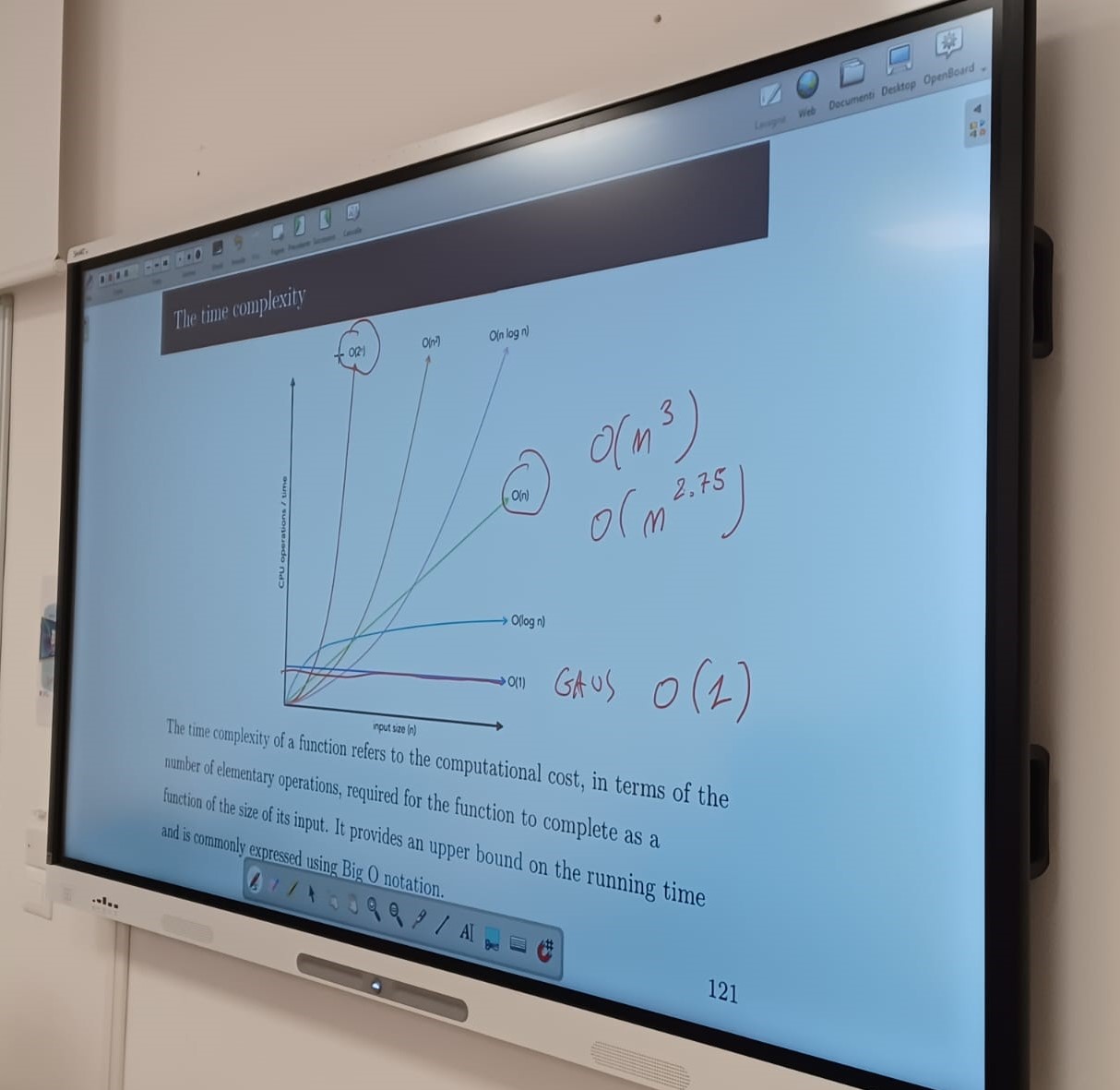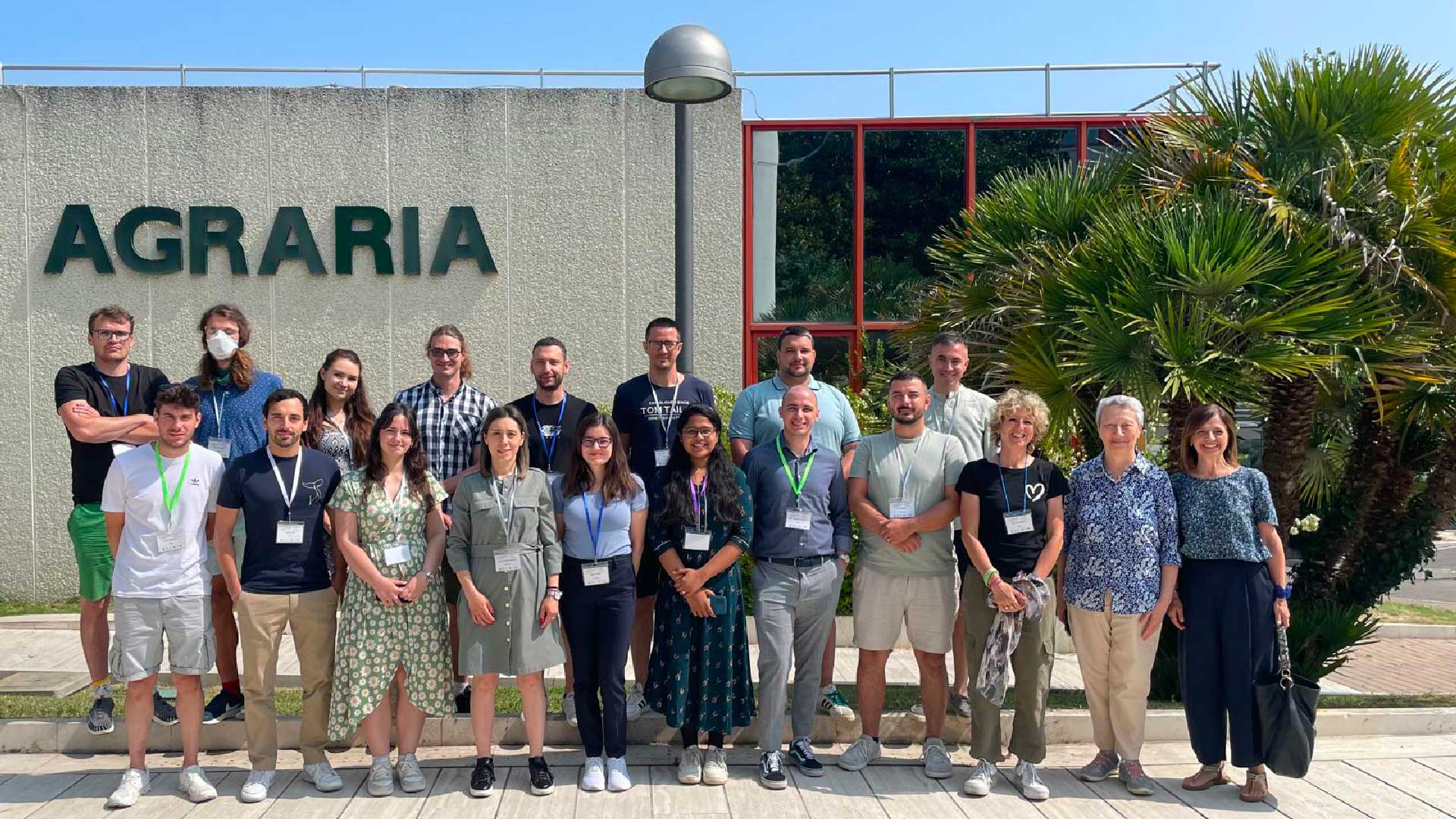In March, the countries of southwestern and eastern Europe continue to be the most affected by the drought that has now lasted for almost 2 years. According to international definitions related to duration and type of impacts, this drought can be indicated as hydrological and socio-economic.
In Italy, the large lakes in the first decade of April are at a standstill, ranging from around 23% for Lake Como to approximately 44% for Lake Maggiore and Idro, with Lake Garda continuing to be the one with values closest to historical lows for the period.
The Po River flow is below average with levels ranging from severe to extreme and at Pontelagoscuro, the values below which the river has difficulty in repelling the entry of the sea have been exceeded. Many of the Po’s tributaries and the Piave River also end the month with negative flow values compared to the averages.
Regarding snow, as of March 23rd, the snow water equivalent index values related to the Po basin were only slightly higher than those of the previous 2021-2022 season (CIMA Foundation data), but still well below 50% of the average.
In Piedmont, the region most affected by this drought, the levels of the shallow aquifers monitored by ARPA have been in a critical situation for almost a year.
Finally, the values of hydroelectric energy stored by the northern power plants continue to be among the lowest since 2016, although, in the weeks of March, there was a slight increase compared to the corresponding values of 2022 (ENTSO-E data).
Forecasts for the next months: Regarding the temperatures of the May-July quarter, almost all European meteorological centres agree that there is a probability of between 50 and 60% of above-average values across Europe. In northern Italy, this percentage rises to 70%. As for rainfall, the signal indicates values that should be within the norm, considering, however, that the last month for quantitatively “useful” precipitation is May.

